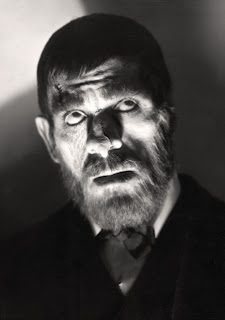AROUND THE WORLD IN 80 DAYS
(COLOUR, 1956)
Director:
Michael Anderson
Cast:
David Niven, Cantiflas,
Finlay Currie, Shirley MacLain, Robert Newton, Robert Morley, Ronald Squire,
Basil Sydney, Noel Coward, Buster Keaton, Noel Coward, Cedric
Hardwick, George Raft, Charles Coburn, Marlene Dietrich, Peter Lorre, Frank Sinatra
and John Carradine
Ages:
4 and up
Plot:
In Victorian England, in the
Reform Club, Phineas Fogg (Niven) makes a bet that he can go around the world
in 80 days. Is it possible? He and his newly-appointed French manservant Passepartout
(Cantiflas), who was previously a gymnastics teacher, set off for Marseilles. Travelling
to Spain on a balloon, a boat to Marseilles, a cruise to Suez, a steamship to
Bombay, a train cross India, a steamship to Hong Kong, another ship to
Yokohama, a ship to USA, another train cross the continent and a steamship to
Britain was the original eighty-day plan. However, he faces several set-backs,
including being suspected for robbery by a detective (Newton), falling in love
with an Indian princess (McLain), missing a ship, missing a train, and later,
being arrested. Will he make it?
 |
| Still of (from left): Shirley MacLain, Robert Newton, David Niven and Cantiflas after missing a train cross America |
Why it’s good:
Naturally, it is the
most action-packed comedy about two people travelling round the world. Thus, it
might as well be the Best Picture of 1956. It was, anyways.
This is one of the most big-budget
great adventure films ever, and the film is easy enough to understand by any
child, even if they do not get some parts. It is one of the greatest adaptations
of a Jules Verne novel – one cannot argue more.
Numerous old stars appear in this
film, with a star-studded cast. Buster Keaton, a silent film comedian, appears
as the Train conductor in America. Marlene Dietrich plays the woman reading a
menu in the San Francisco restaurant. Ex-gangster film actor plays Dietrich’s
boyfriend, while in the same scene, Frank Sinatra plays the piano. Charles
Boyer appears as a Parisian clerk, Charles Coburn as a Hong Kong clerk and Ronald
Colman as a official on India’s railway. Cedric Hardwick, the all-rounded
knighted British actor, appears on a train in India, and the Casablanca (1942)
actor, Peter Lorre, appears as a Japanese waiter. To be honest, most of the
film is a lot of cultural stuff. Showing loads of contrast, why not call it Around
the Day in Eighty Worlds?
Trivia:
The barge seen in the scene
on the steamship from Calcutta to Hong Kong actually belonged to producer
Michael Todd. It was the King of Thailand who lent it to him.
If you like this…:
The 2004 version
starring Hong Kong actor Jackie Chan isn’t very similar to the 1956 version. It
is about a Chinese thief (Chan) who steals a valuable jade Buddha, seeks refuge
under Fogg, and then a major display of martial arts.









